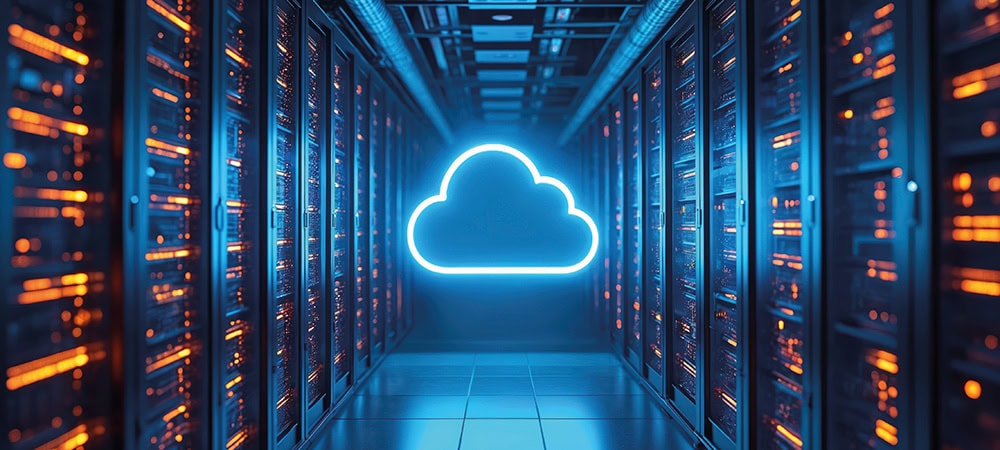SurpRISE
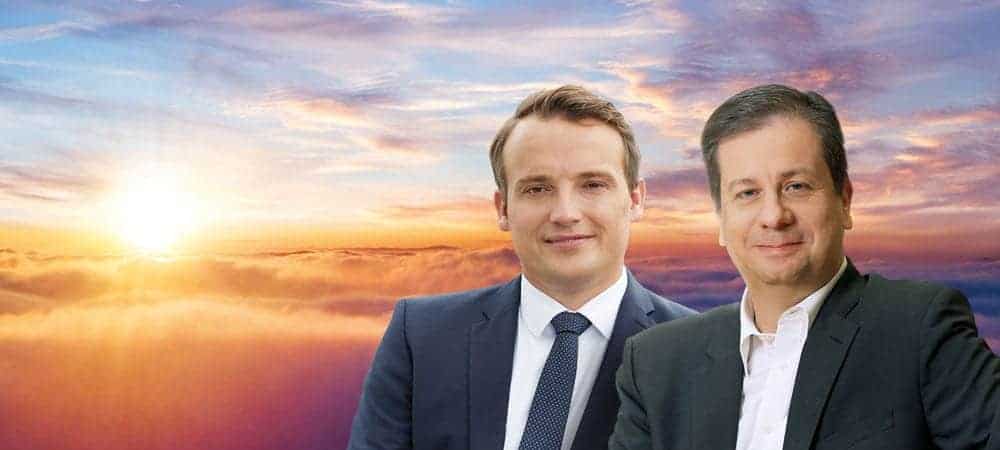

All SAP's S/4 transformations have one thing in common: They originate from a start-up idea, are ingenious to innovative, and function quite excellently on the greenfield. The disadvantage is that very few existing SAP customers have the business, technical, organizational, and financial resources to take this greenfield approach. Brownfield is the exit strategy when the release upgrade has to be. But brownfield is more a state than a strategy.
SAP's long-term partner SNP has thus developed a bluefield approach that, on closer inspection, reflects the repair service behavior that no one currently needs. It is not a matter of answering singular questions, stringing solutions together, and bringing out a new tool for every job site. Whether Green, Brown or Blue is irrelevant for the SAP customer. The question is: Why should a monolithic ERP be replaced by another monolithic ERP?
CFO Luka Mucic explains the holistic benefit of a monolithic system very precisely on the topic of business intelligence and process mining. With the help of the IT tools of the start-up Signavio, which was acquired by SAP, CFO Mucic succeeded in significantly increasing cash flow and liquid assets in his own sphere of influence - a positive circumstance that would certainly also make any SAP existing customer very happy.
Therefore, it was only logical that Luka Mucic also explained the advantages of Signavio in the SAP group on the occasion of the Rise presentation. In the following press conference Mucic explained: "In a particularly challenging environment, 2020 was a record year for cash flow in every single quarter and for the full year. Better-than-expected revenue development and our fast response on the cost side delivered a strong operating result. SAP's accelerated transition to the cloud business will ensure long-term, sustainable growth and provide our company with significantly more resilience and planning certainty."
Ex-SAP CEO Bill McDermott started small with Simple Finance and then bought more and more cloud solution providers. The aim was to regain the old ERP monopoly. What R/2 and R/3 were in the data centers of SAP's existing customers, S/4 was to become in the cloud - Cloud Only was Bill McDermott's vision. Strategically and technically, SAP worked on this vision. This aspiration is expressed in the "Business Partner".
There should no longer be any differentiation, but a monolithic data set should map and dominate everything that happens. The "business partner" is the IT incarnation of an all-encompassing claim to power. Why negate the technical development of the past years? Conversion from one monolithic system to another promises no added business, technical or financial value. Whether the ERP monopoly is based on AnyDB or Hana is beside the point. But does the community want to move from a monopoly to a polypole?
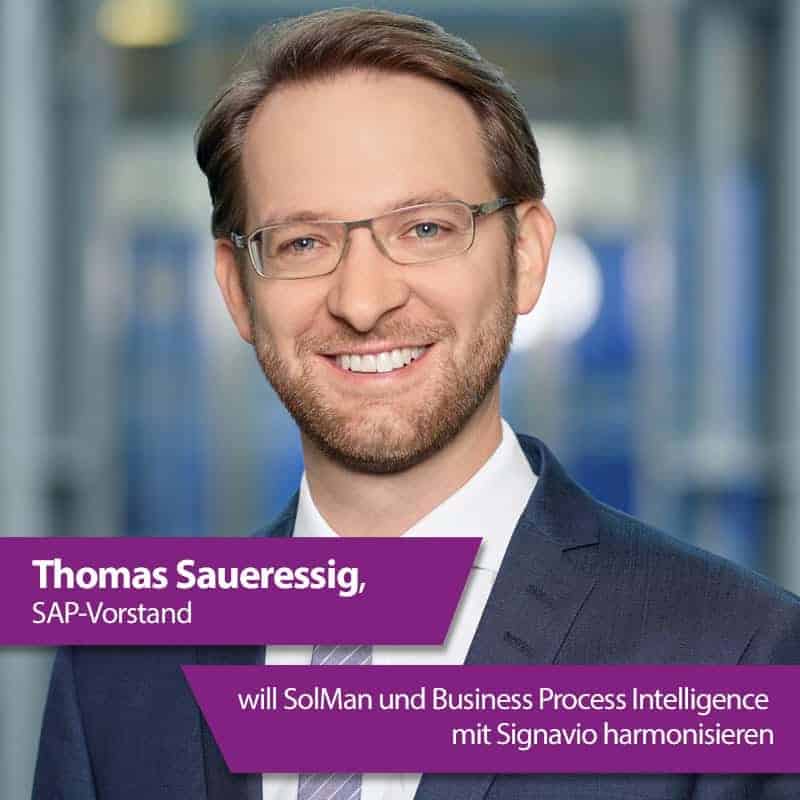
Monopoly or polypole? The question can now be answered very easily because the SAP scene can look back on an innovative and diverse development in terms of technology and business management. One example: In the past, it was a mandatory requirement for an automotive supplier to operate an SAP system, because almost all automotive groups also work using SAP software. The supplier's compatibility with the major customers was a competitive advantage.
The example of SEG Automotive from Stuttgart shows that internal IT organization and external compatibility can also be established differently. Michael Kroker reported in Wirtschaftswoche that SEG Automotive switched from SAP to Infor in 2019. The automotive supplier thus remains true to the ERP idea, but does without the aura of the world market leader. In the context of an S/4 evaluation taking place, the SAP community will hear about such decisions even more often. But can we still talk about the SAP community then?
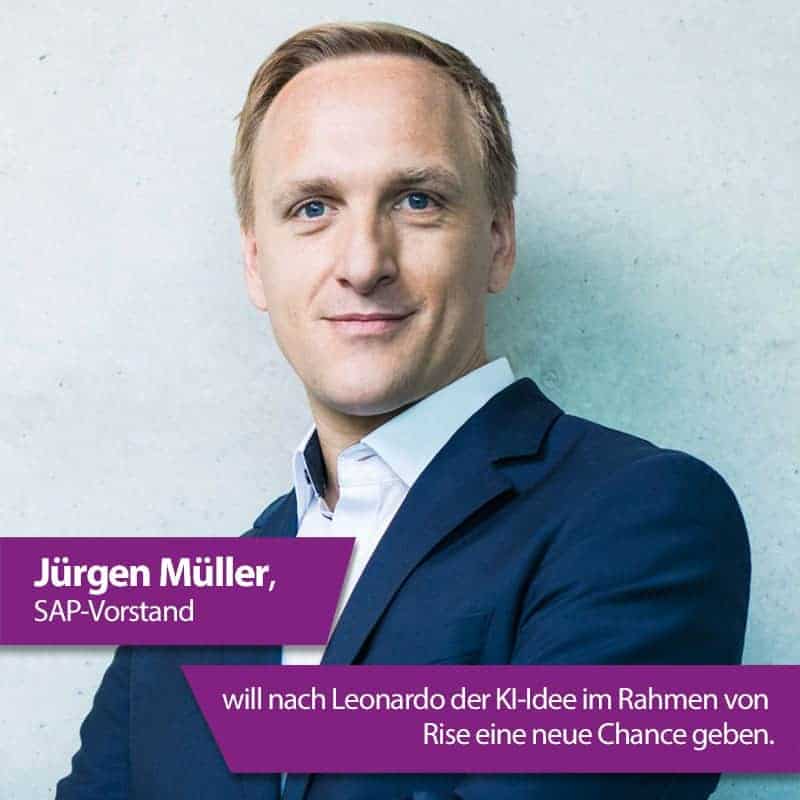
The SAP community is a unique community of values that follows a consolidated, harmonized and dynamic ERP approach including CRM, SCM etc.. The core is standard business processes that work synchronously. Many years ago, this "cybernetics" could only be achieved by a monolithic R/2, R/3 or ECC 6.0.
Open source, platforms and hybrid architectures have counteracted the once necessary monolithic idea. With an appropriate platform, such as that offered by SAP partner Seeburger, every ERP user can be directly and immediately compatible with every other. There is thus no
No longer is there a need to string together one monolithic SAP system after another.
"Rise with SAP" follows "Run Simple" as an offering designed to provide a path to the smart enterprise for every existing customer, regardless of starting point or complexity. SurpRISE's holistic approach is designed to help companies fundamentally transform their business.
It goes beyond a technical migration to the cloud to enable continuous transformation. Together with a strong partner network, SAP wants to guide its users through the transformation of their business in several steps.
SurpRISE with SAP
On the occasion of the SAP strategy event "Rise with SAP", Jens Hungershausen, Chairman of the Board of the German-speaking SAP User Group e. V. (DSAG), commented on the announcements regarding S/4 Public and Private Cloud. "The demands placed on companies in terms of speed, efficiency and intelligent processes are growing continuously. That is why they need suitable software and technologies. S/4 Hana from the public or private cloud can be a means of choice. But the IT landscapes of companies are heterogeneous, which is why one technology strategy for all does not work."
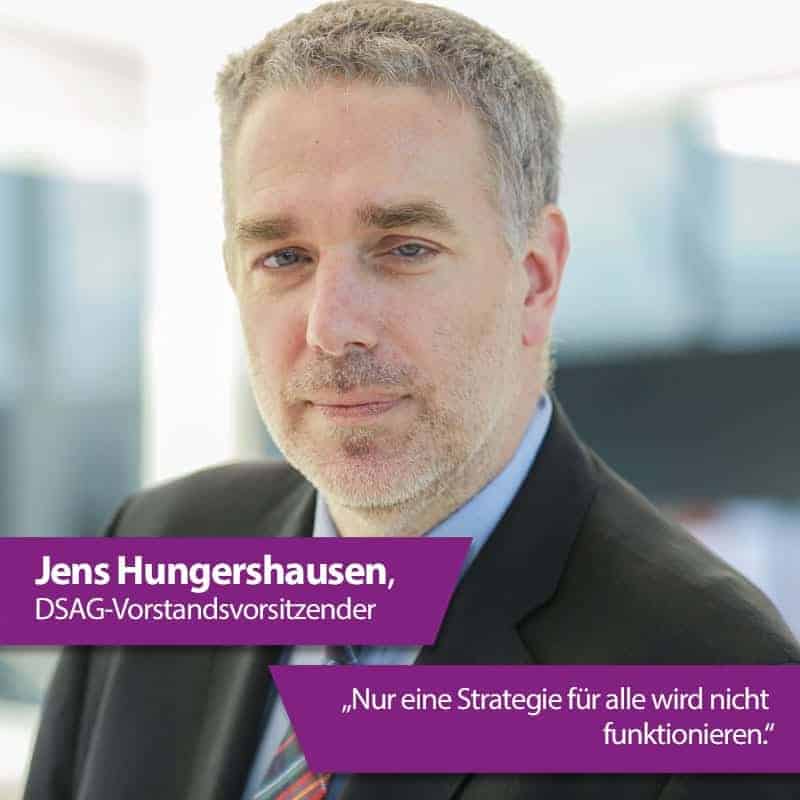
According to Jens Hungershausen, SurpRISE is intended to support existing SAP customers on their individual path to the cloud. It seems important that the global SAP community is not seen as a monolithic block, but as an association of many individual companies. As a criticism, the historical discourse naturally remains in the room.
The Rise with SAP initiative is intended to support companies on their individual path to the cloud. For Steffen Pietsch, DSAG Board Member for Technology, this is an interesting and exciting approach that should be welcomed in principle and could help overcome hurdles in the transition to S/4 and the cloud.
However, the prerequisite is that companies succeed in a real transformation and are not only supported in a lift and shift of their existing systems to the cloud. With regard to the cloud, the SAP Business Technology Platform is a central building block for integrating and expanding hybrid SAP system landscapes. To avoid architectural mistakes, customers need much more guidance, says Pietsch.
Whether Run Simple, Conversion or Rise will contribute to the color theory of digital transformation may be decided by 2027. Standard software continues to play an important role as a building block for optimizing processes and increasing the efficiency of companies.
However, platforms, whether from the hyperscalers or from SAP partners such as Seeburger, enable the use of different standards and software sources. To be successful in the market, ERP users must differentiate themselves from the competition. In doing so, the configuration options of a standard
software has natural limits.
"For nearly 50 years, we've worked together to help businesses run better, but we're now at a turning point", Christian Klein describes the current situation in his Rise presentation and quickly digresses into generalities: "Sustainability will become a decisive factor, as customers and partners will pay attention to how seriously we take climate change."
Christian Klein also believes that transforming into an intelligent enterprise has never been more important. "Before designing our new offering, it was critical for us to listen to our customers to understand what they need", explains Christian Klein. "And the central challenge for many companies is: How do you transform sustainably?"
After Run Simple, Rise is now supposed to be an SAP offer to the question of how an existing customer can holistically transform his company - Green, Brown or Blue? DSAG Chief Technology Officer Steffen Pietsch adds: "We see the enormous potential and benefits of cloud-based solutions - and at the same time the challenges that SAP customers face. With Rise, SAP wants to pave the way for its customers to the cloud and to S/4."
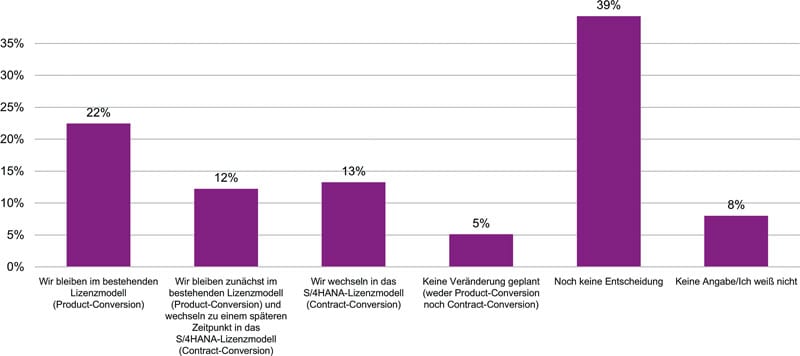
After all, if for some reason the cloud proves to be the wrong decision, the possible paths back to the on-premises world must also be clearly mapped out. Here, Thomas Henzler, DSAG Board Member for Licenses and Maintenance, still sees a great need for transparent processes for the step from the purchase license to the subscription and, if necessary, back, which can be clearly understood and implemented, for example, using a guide.
The opportunities and, at the same time, the challenges of switching from Business Suite to S/4 lie in the accompanying business transformation and the adaptation of business processes. Steffen Pietsch believes that SAP, together with partners, is called upon to demonstrate ways in which they intend to transfer highly customized systems and processes to S/4 cloud environments and to provide information about what support is required on the customer side for this.
The same applies to the transformation of complex in-house developments and third-party system integrations that, as built, are not cloud-compatible, but de facto exist in many customer systems and are still technically required.
"This changeover is not a technical migration, but a transformation that requires a content-related examination of business requirements and a holistic view of the system landscape.", defines Chief Technology Officer Pietsch.
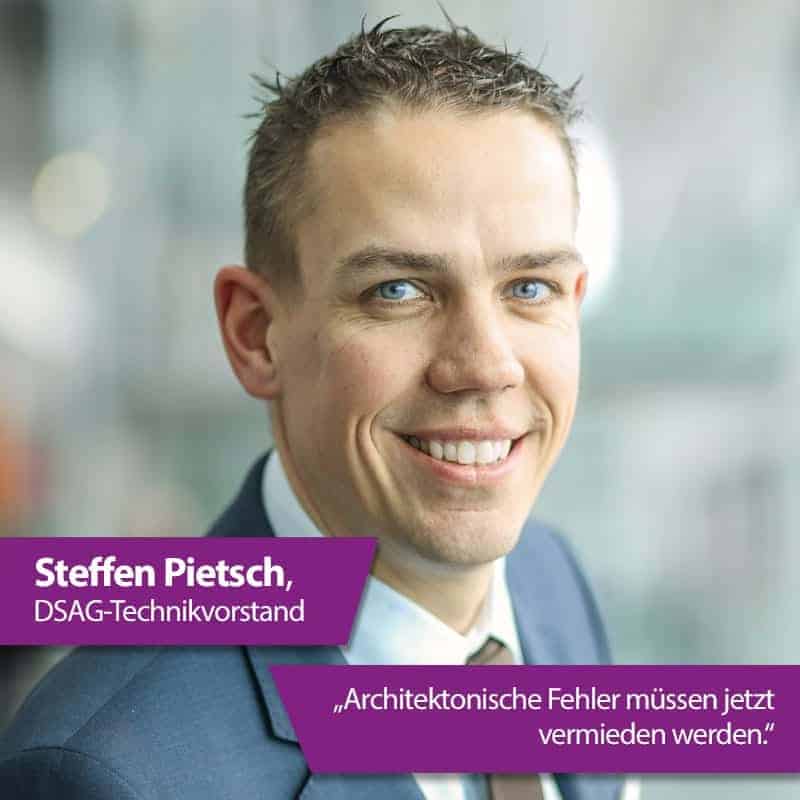
If this transition succeeds with Run Simple, Conversion and Rise, the target picture beyond 2027 may be attractive. "Especially if it is a true cloud landscape and not hosting"says Steffen Pietsch. In the end, what counts is the total cost of ownership from the customer's point of view. At present, however, there is still too little information available to be able to assess the viability of the SurpRISE model, according to a statement by the DSAG user association.
To successfully master the digital transformation, you need the right green, brown or blue tools. To increase the speed of change and the power of innovation, the cloud provides the right foundation. To enable the move to the cloud, cost-effectiveness counts.
Licensing models and migration costs must be in line with the added value to be achieved. SAP must ensure clarity here, demands the DSAG association, so that customers can make informed decisions based on product visions and roadmaps.
This is the only way to reconcile IT strategies and the evolution of the SAP portfolio. Despite all the encouragement for the cloud, on-premises solutions will retain their relevance in the medium term, DSAG recognizes in the SAP community, as not all customers can or want to take the path to the cloud. DSAG therefore continues to stand for Cloud First and not Cloud Only.
Business Process Intelligence
SAP CEO Christian Klein promises a lot: The first element of Rise is business process intelligence, which should enable existing customers to access best practices and data from more than 20,000 customers to embed intelligence seamlessly into their systems. The second element is tools and services. "We and our partners will support you in accessing the standard and harmonizing your data sources", promises Klein.
The third element is infrastructure and operations: "Here we offer you the maximum choice and the lowest cost. We offer system availability of up to 99.9 percent. You get a TCO reduction of up to 20 percent compared to existing landscapes when your systems run on our own cloud or hyperscalers", predicts the SAP CEO. "Our Business Technology Platform is the foundation for your business transformation, ensuring a semantic data layer that is the key to high-quality data."
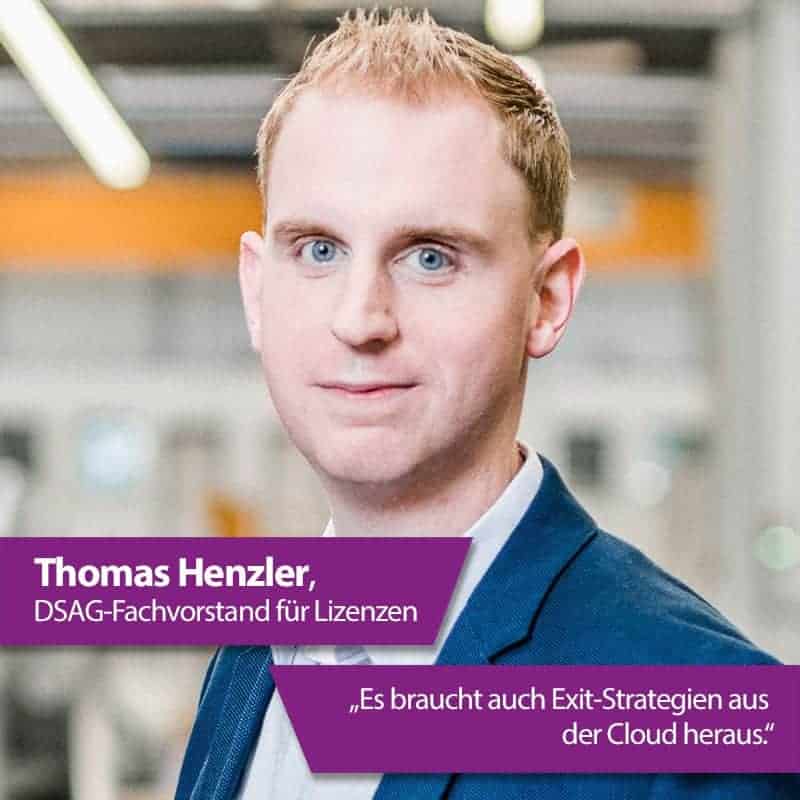
Thomas Henzler, DSAG Board Member for Licenses and Maintenance, comments on this SAP announcement: "In principle, the Rise with SAP offering is another step in the right direction. However, since customers are placing themselves even more strongly in the hands of SAP, a transparent process is needed for the entire content of the offering. This starts with a transparent transition of the on-premises licenses to a cloud subscription and continues with uniform, transparent and lean cloud contracts without hidden costs, right through to a possible exit concept from the cloud.
For DSAG, this is a prerequisite for the offering to function successfully and be widely accepted. Rise with SAP must not be a one-way street. If, in the course of a cloud transformation, it turns out that an on-premise product is better suited to a use case after all, it should be clear in advance how a way back is possible."
After Run Simple and Conversion, Christian Klein loudly promotes the new transformation concept: "We didn't just draw our plan on a whiteboard and say, here we go, this is our new offering. We put a lot of effort into understanding our customers' business transformation needs.
We already have several thousand customers in the S/4 Hana Cloud. The goal of Rise with SAP is to do more than just a technical migration. With Rise, we can ensure that customers see real business results. We have always had the knowledge, but now we have the intelligence layer we need to take our customers by the hand and guide them through this journey."
Model and simulate
Everyone in the SAP community knows that complexity can't be overcome with PowerPoint presentations - it takes facts. "With the new offering, we have facts, we have data, we can model, we can simulate, and management can see the value of transforming", Christian Klein implores the SAP community in his Rise presentation.
Companies work in complex IT environments and need to integrate all their systems and applications. SAP Chief Technology Officer Jürgen Müller also sees Rise as a solution to the problem: "With our Business Technology Platform, we help reduce complexity and lower the cost of integration. We deliver AI that is already trained, and it becomes much more accurate when we additionally train it with the customer's data. So we deliver something, but the customer's data is added on top."
After the failed attempt of the SAP Leonardo toolkit, SAP's AI initiative is now to be revived under SurpRISE. "We are integrating AI capabilities into our end-to-end processes to achieve true intelligence and also comprehensive differentiation. We bring enterprise capabilities to AI and machine learning", Jürgen Müller explained on the occasion of the Rise presentation.
His SAP Executive Board colleague Thomas Saueressig explained what is now to become of SolMan in the Rise universe following the surprise acquisition of the Berlin-based start-up Signavio. "It will be a complementary offering; we will integrate Signavio into the BPI layer", outlines Thomas Saueressig. "We want to be the trusted partner on this journey. We can start moving to the cloud immediately and then begin transforming businesses and redesigning processes along the way."
On the difficult topic of SAP Leonardo, Christian Klein noted, "Leonardo was AI, but it wasn't really embedded in our applications. When customers come to SAP, they don't want to buy AI, they want enterprise software." And for the Hana Enterprise Cloud: "HEC is a software-as-a-service offering", defines SAP CEO Klein, "and it's good, but what we do with Rise is we put business first. HEC is embedded, but Rise is so much more than that. It's a business transformation offering."Run Simple, Conversion or Rise - at the end of the day, there is only one challenge for SAP's existing customers.
Christian Klein: "I sometimes hear that the adoption of S/4 Hana could be faster. If you just look at the fourth quarter, this is the fastest migration curve we have ever seen for an SAP ERP release. The cloud is growing strongly and S/4 Hana Cloud is the fastest growing cloud product.
Some claim that customers might migrate away from SAP - we checked, we really didn't find anyone migrating. We are making great progress and we are very happy with our results."
Fellow board member Jürgen Müller remarked on this at the DSAG Technology Days this year: "We have consistently implemented the technical blueprint for integrating our cloud applications. We have also provided a CIO guide for hybrid approaches."
Business Transformation
In conclusion, Christian Klein says: "We won't just reinvent the way businesses work. With our new offering, users will be able to drive their holistic business transformation. I am very excited to launch Rise with SAP - Business Transformation as a Service." But in addition to the prevailing uncertainty, integration capability can also influence an investment decision, one way or the other.
Today's IT landscapes are typically highly integrated. "When moving to the cloud, customers expect smooth integration between SAP products. We are still a long way from achieving this, but SAP has made significant progress in the meantime. The path we have chosen is definitely the right one"DSAG Chief Technology Officer Steffen Pietsch is convinced, and at the same time points out that IT landscapes consist of more than just SAP.
Established third-party system integrations or communication with machines sometimes lead to time-consuming conversion work on the way to the cloud. This makes the changeover even more difficult for customers.
[adrotate banner="259″]




